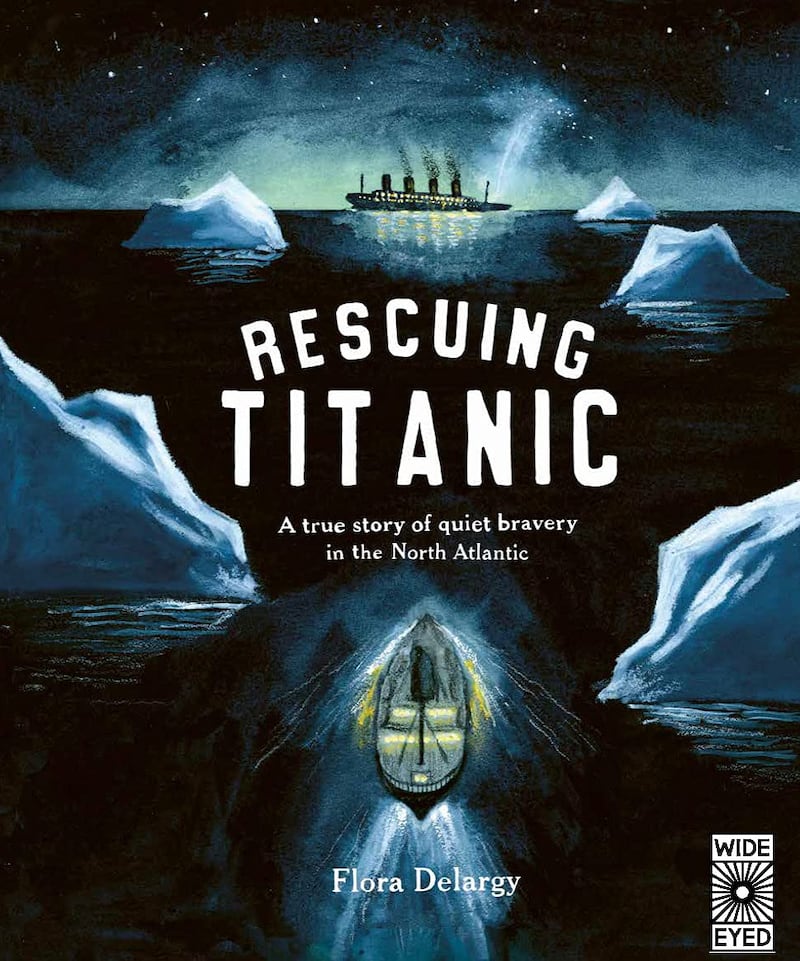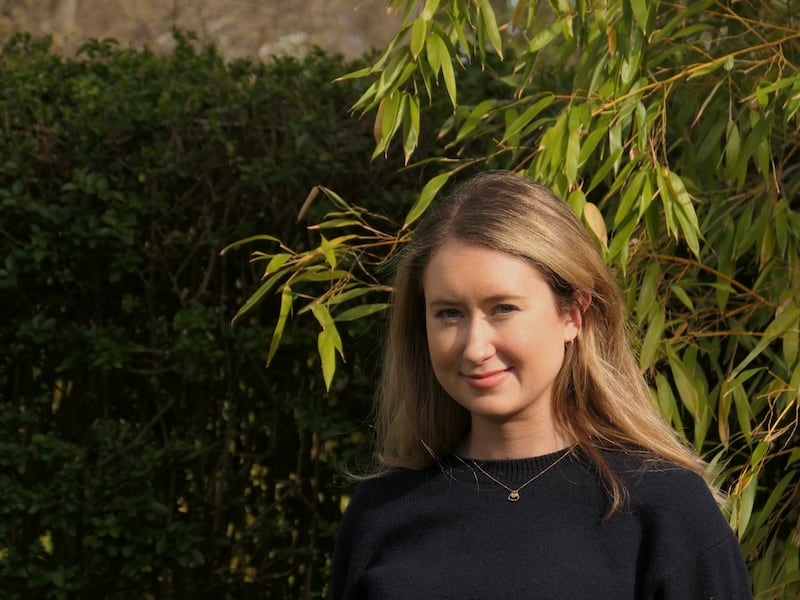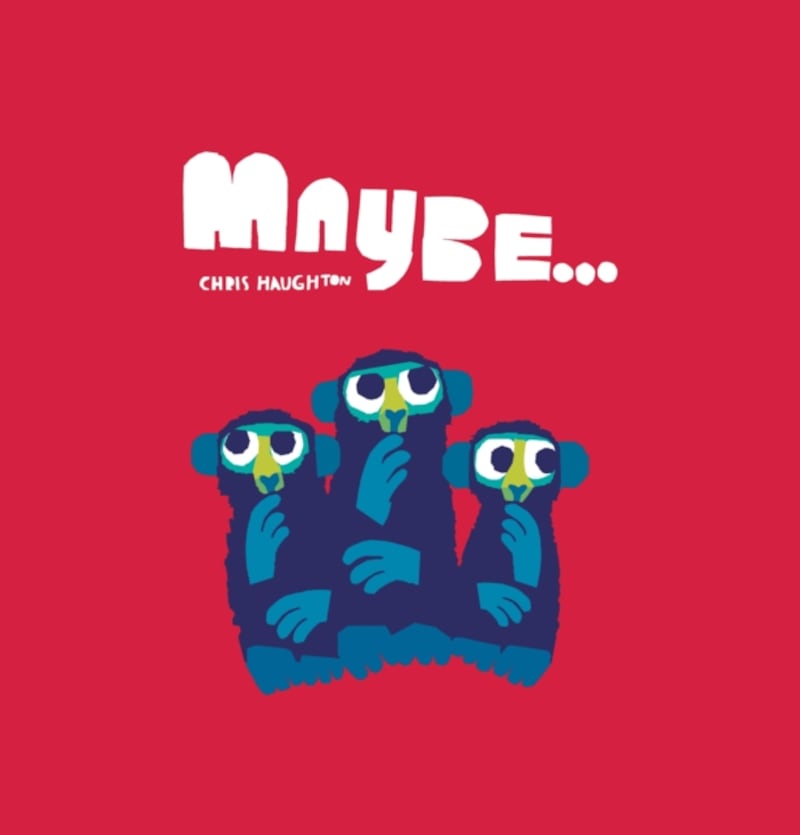When are you going to write a proper book? It’s a question most children’s writers get asked during their careers but none so much as picturebook authors and illustrators.
Picturebooks are the first books a child encounters, their first taste of literature, poetry and in many cases their first taste of art. They leave a lasting impression on children, and many adults still remember the picturebooks of their childhood: Beatrix Potter, Dr Seuss, Richard Scarry and Ludwig Bemelmans’ Madeline.
Contemporary Irish picturebook authors and illustrators are enjoying worldwide acclaim for their work, and remarkable international sales. Oliver Jeffers has sold more than 14 million copies of his books, in 46 different languages, and Niamh Sharkey’s I’m a Happy Hugglewug was turned into a successful animated show on Disney Junior. Chris Haughton has won awards all over the world, from the Ezra Jack Keats Award in the US, to the Orion Shobo Picture Book of the Year Award in Japan, plus many Irish book awards, including the Children’s Books Ireland Book of the Year.
Yasmeen Ismail’s Would You Like a Banana? won the 2020 World Illustration Award Professional Children’s Book Category in the US and she is hailed as one of the most innovative picturebook creators working today. Other notable Irish picturebook authors and illustrators making waves internationally include PJ Lynch, Mary Murphy and Belfast newcomer Flora Delargy.


Yet ask the average Irish adult who these people are and they will draw a blank. Ask them to name an Irish writer for adults and they will have no problem reeling off names – Sally Rooney, Roddy Doyle, Anne Enright, Sebastian Barry – even if they haven’t read a book by the writer in question. Ireland’s Wikipedia entry has pages of adult writers but no children’s category at all.
Why is children’s literature often seen as less important than literature for adults? This is a question that former UK children’s laureate Lauren Child explores in a recent manifesto written for a talk she gave in the Foundling Museum in London. She says: “There is a common, and lazy, assumption that creating work with children in mind is easier or less demanding, and that a writer or artist would approach it with a lesser degree of seriousness or sincerity than when creating for an adult audience. I do not believe that to be true. One might as well suggest that shorter books hold less meaning than longer ones, or large paintings are better than small.”
In the early years we try to give our children the best we can – the best food, plenty of fresh air and exercise; we teach them to read and to write. We understand how and why these things matter. The books we read to them and the illustrations we share with them also matter; childhood experiences become part of who we are. Child puts it beautifully when she says “the experiences of our early years are in the bones of us”. So why don’t we put higher value on picturebooks, children’s very first books?
The general belief is that creating books for young children is “easy”, that they are an undiscerning audience and if a celebrity can knock one out over a few months of lockdown, how hard can they be to write? What many people don’t realise is that there is a team of highly experienced professionals helping to write and illustrate these celebrity books. In some cases, the celebrity credits these people – bravo Joe Wicks who freely credits his co-writer, Vivian French, and illustrator, Belfast-based Paul Howard (not that Paul Howard!).
This perception, that anyone could write a picturebook, is far from the truth. Picturebooks are one of the hardest forms of literature to get right. Chris Haughton’s books have been likened to Samuel Beckett by Simon O’Connor, director of MoLI, the Museum of Literature, Ireland. Purple Squirrel: The Stories of Chris Haughton is currently running at the museum and in a recent Radio MoLI podcast interview with Haughton, O’Connor says Haughton’s work has a lot of similarities to Beckett: “incredible economy in terms of language, multiple tasks happening, obstacles”.

Haughton says: “Communicating to very young children is so interesting… you have to communicate in pictures, they don’t yet have a grasp on language. But they can understand if the jokes work visually. You need to work out where the eye falls and what is picked up and communicated on each page.”
Haughton’s picturebook Shh! We Have a Plan has 102 words and each is carefully chosen. The book took him two years to create. He likes to play with “pre-language” noises in his books, like “Shh” and “um”, noises “so universal that they seem to hint at where language may have evolved from”. He often uses repeating refrains or a chorus and onomatopoeia is also a feature of his work, like the “tic-a-tac” and “splish-splash” of the crabs in Don’t Worry, Little Crab.
Each word, each phrase, each sentence is carefully and lovingly crafted, like a poem. Yet unlike a poem, a picturebook must appeal to and engage with two different audiences, the child listening to the story and looking at the illustrations and the adult who is performing the text. No such demands are put on Eavan Boland or Seamus Heaney’s poems.
Similar forensic work goes into the creation of the illustrations. Haughton purposefully directs the eye to certain places on the page, a technique known as visual hierarchy. He identifies where he wants the eye to land. In A Bit Lost he wants the viewer to spot the little owl falling out of his nest so he makes him almost black and white against a background of colour. In Oh No, George the dog (George) is a simple orange shape and Haughton uses the dog’s exaggerated eyes to convey his emotion; he sees George as a clown-like character, a Charlie Chaplin or Harold Lloyd, actors who also used their eyes to convey drama and emotion.
Haughton’s books are considered among the best books in the world for babies and toddlers, mini works of art, but he believes Irish picturebooks are not held in high enough esteem.
Former Laureate na nÓg Niamh Sharkey agrees. She says: “When you see Steve Doogan’s illustrations for Tree Dogs, Banshee Fingers and Other Irish Words for Nature, or Up On The Mountain by Peter Donnelly, as well as all of the other picturebook makers working in Ireland today, you have to think that Ireland is punching above its weight. I don’t think that people are all that aware though that we have this wealth of talent here.”
Her new illustrated book with Owen Churcher, A Field Guide to Leaflings, took years to create. After years of doodling Leaflings in her sketchbook, Sharkey pitched the idea at the Bologna Children’s Book Fair in 2019, and the book has just been published.
Churcher says: “Like other shorter forms of literature – poems, short stories etc – picturebook texts need to be finely honed and a lot of craft goes into creating them, making them some of the most difficult forms to master.”
Multi award-winner Mary Murphy also thinks people have no idea how much work goes into picturebooks. “In particular they don’t know that many illustrators take about a year to illustrate a book. In a way that is gratifying, since we want to disappear from the story. We want the child to access the book directly, as though the writer and illustrator don’t exist, but the book does.”
She used to be frustrated by this but now accepts “that people just don’t understand the area”. She believes that “the Irish are not the most visually literate of people, and, sadly, some adults still see illustrated books as ‘too young’, and direct children away from them. However, picturebooks are certainly more valued than in the past, and there are now some top-class Irish picturebooks.”
I'll leave the last word to Haughton. "I think [picturebooks] are just as important as adult literature, and given how foundational they are, there's a good case to argue they are more important."
Chris Haughton, Niamh Sharkey, Owen Churcher and Mary Murphy, PJ Lynch, Flora Delargy, Oliver Jeffers and many more acclaimed Irish picturebook authors and illustrators are all appearing at WonderFest, the online children's book festival which takes place from November 17th to 21st. For more information: wonderfest.ie



















